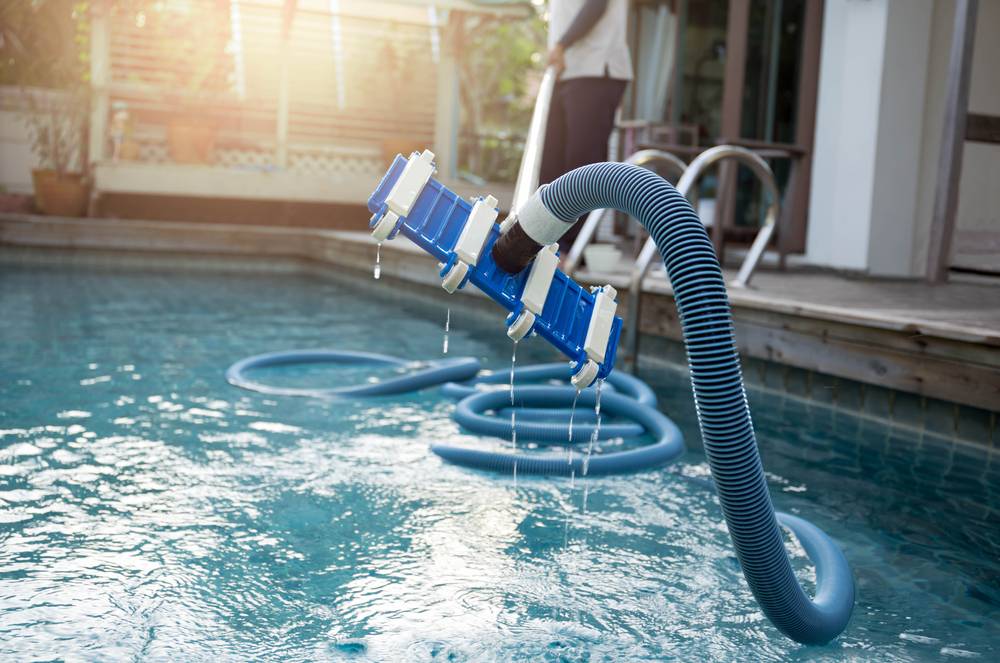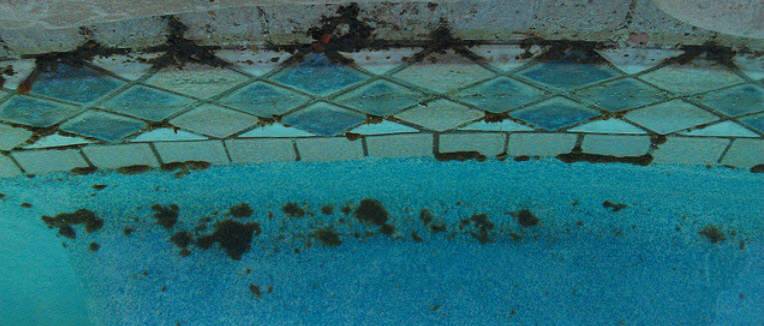At its very best, an algaecide is simply a little bit of insurance against algae running out of control once the FC/CYA ratio drops below the kill rate needed to keep algae at bay. All you’re doing is slowing down the trainwreck, not actually fixing the problem in the first place.
I get it, you’re a service guy and serviced pools can’t really use the TFP method because it requires too much intervention which means more time spent at a customer pool and less money in your wallet. In that case, algaecides are just another layer of chemicals that buys you a bit more time so you can leave a customer pool alone for 10 days or so without it turning into a swamp, or at least a visibly noticeable swamp. Copper kills algae but at the cost of causing stains. Quaternary ammonium algaecides will reduce the rate of growth of algae but at the cost of higher FC demand. Bromine based algaecides create a small reserve of active bromine that is good at killing algae but terrible for chlorine because of UV extinction and the resulting high FC demand. Ammonia based algaecides are so-so but causes a lot of chlorine demand. Mustard and black algae growth both require lots of treatment with chlorine and scrubbing to effectively get rid of them.
There are pros and cons for all of these but, at the end of the day, a pool owner that won’t take care of their own pool is basically farming out the job to someone who will never care for their pool as much as it needs. So the pool owner just has to expect problems and pay more for their fixes. As for the service guy, polyquat-60 is probably the least problematic of the bunch but it will cost more than metal based algaecides and be less effective.




